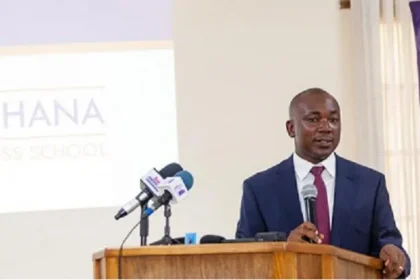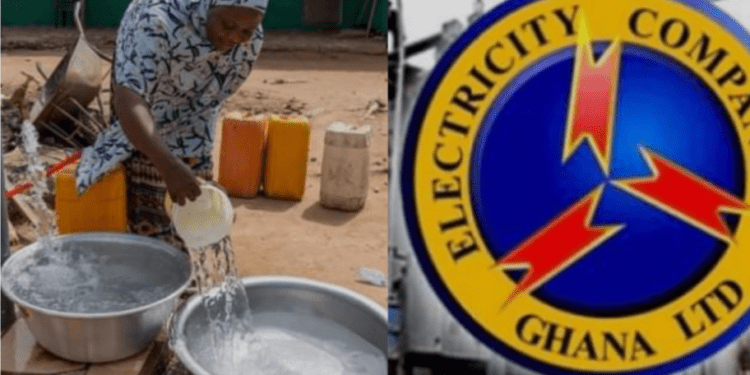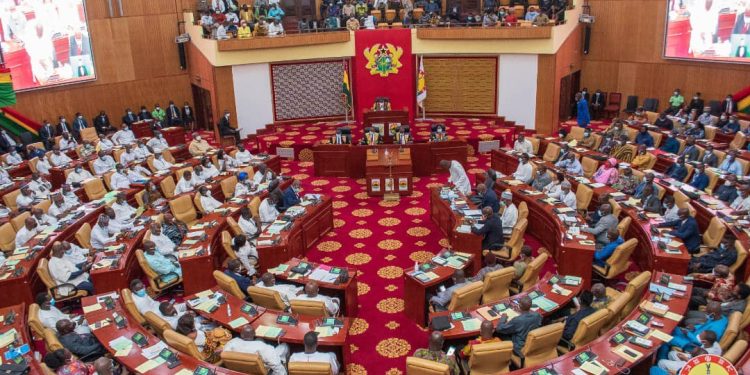The United Nations Food and Agriculture Organisation’s (FAO) Global Information and Early Warning System (GIEWS) has projected a stable rainfall pattern from October through November, which could aid in the partial recovery of crop conditions in northern Ghana.
In its recent country brief for September and October, GIEWS reported a high probability of average to above-average rainfall across much of Ghana, which may help rejuvenate crops in the northern regions.
This forecast has rekindled hopes among farmers for a return to normal weather patterns after suffering losses from dry spells earlier in the year.
From June to August, drought conditions devastated hectares of maize and other cereal crops in the north, leaving many farmers in distress.
The situation was particularly dire in the Sissala districts of the Upper West Region, where extensive maize fields were scorched by the heat.
Additionally, dry weather in the Bono, Bono East, and Ahafo Regions placed further strain on agriculture in the middle belt, with farming communities battling infestations of fall armyworms.
Stakeholders in the agricultural sector believe that prioritizing irrigation and commercial farming could have mitigated these challenges and bolstered the country’s food production efforts.
GIEWS, recognized as a leading authority on global food production and trade, indicated that improved weather in key southern areas could prevent a significant decline in the 2024 national cereal output.
Harvesting of the 2024 main season cereal crops began in August and is expected to wrap up by December in the northern regions. However, GIEWS cautioned that high production prospects remain uncertain due to the ongoing dry conditions, which are likely to result in lower yields compared to last year’s above-average levels.
The agency is currently conducting household assessments to gauge the impact of recent dry weather in the north, where notable production shortfalls could threaten local food security.













